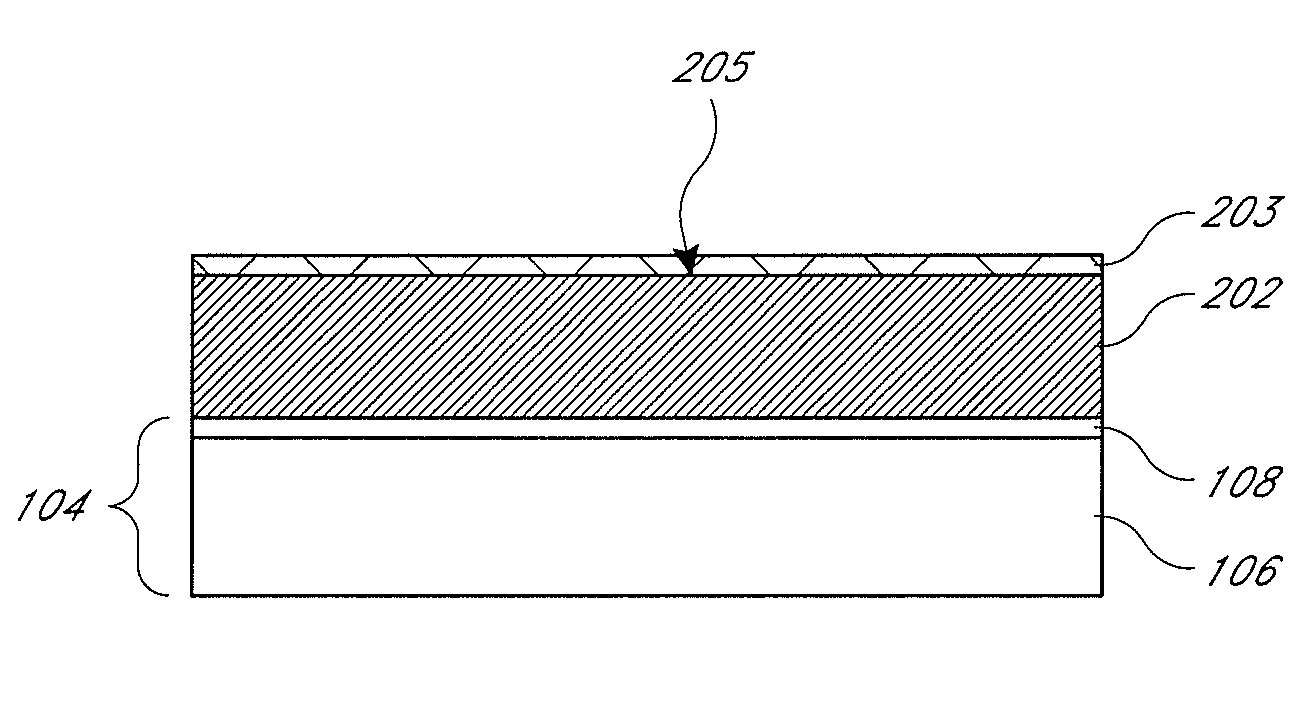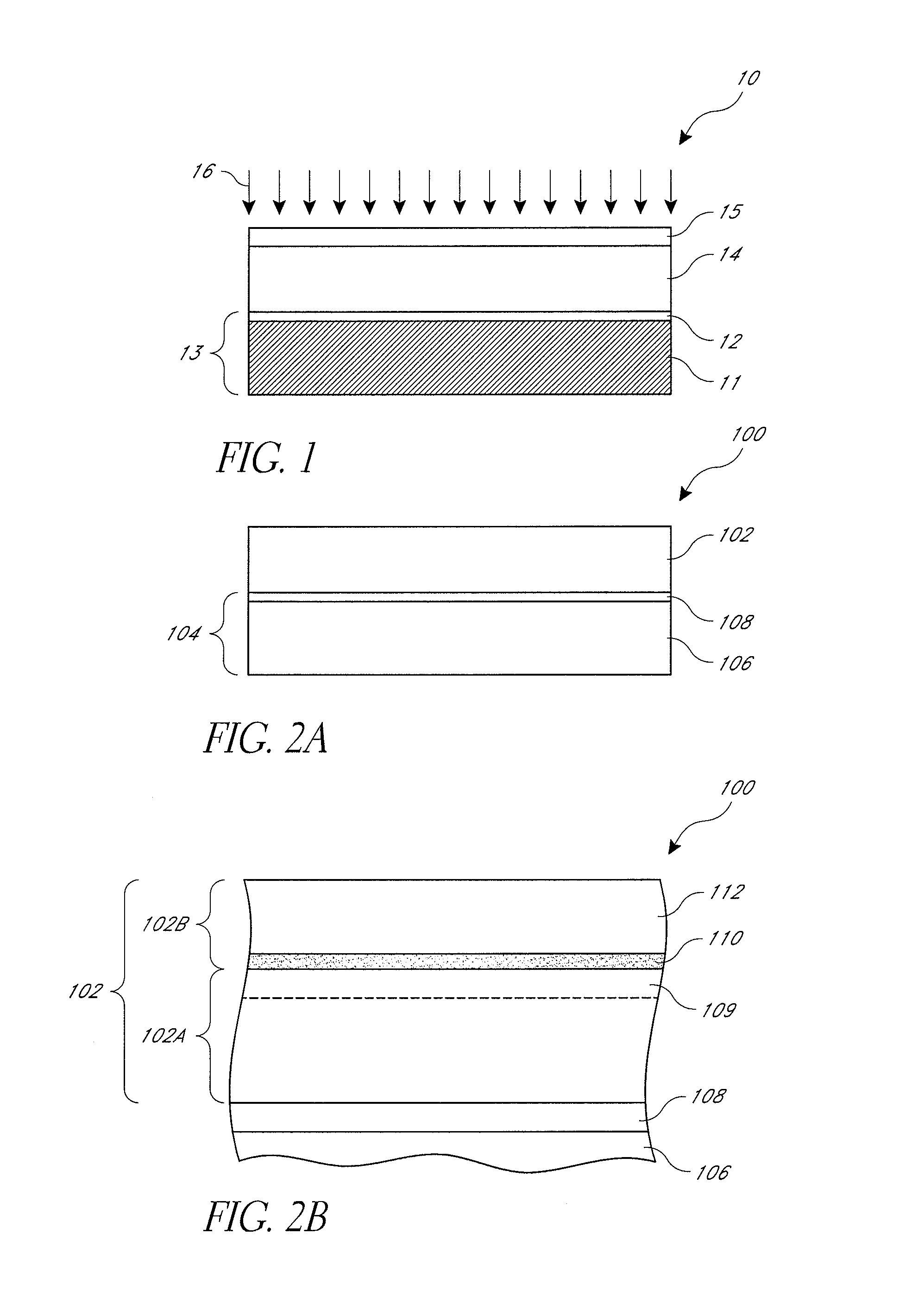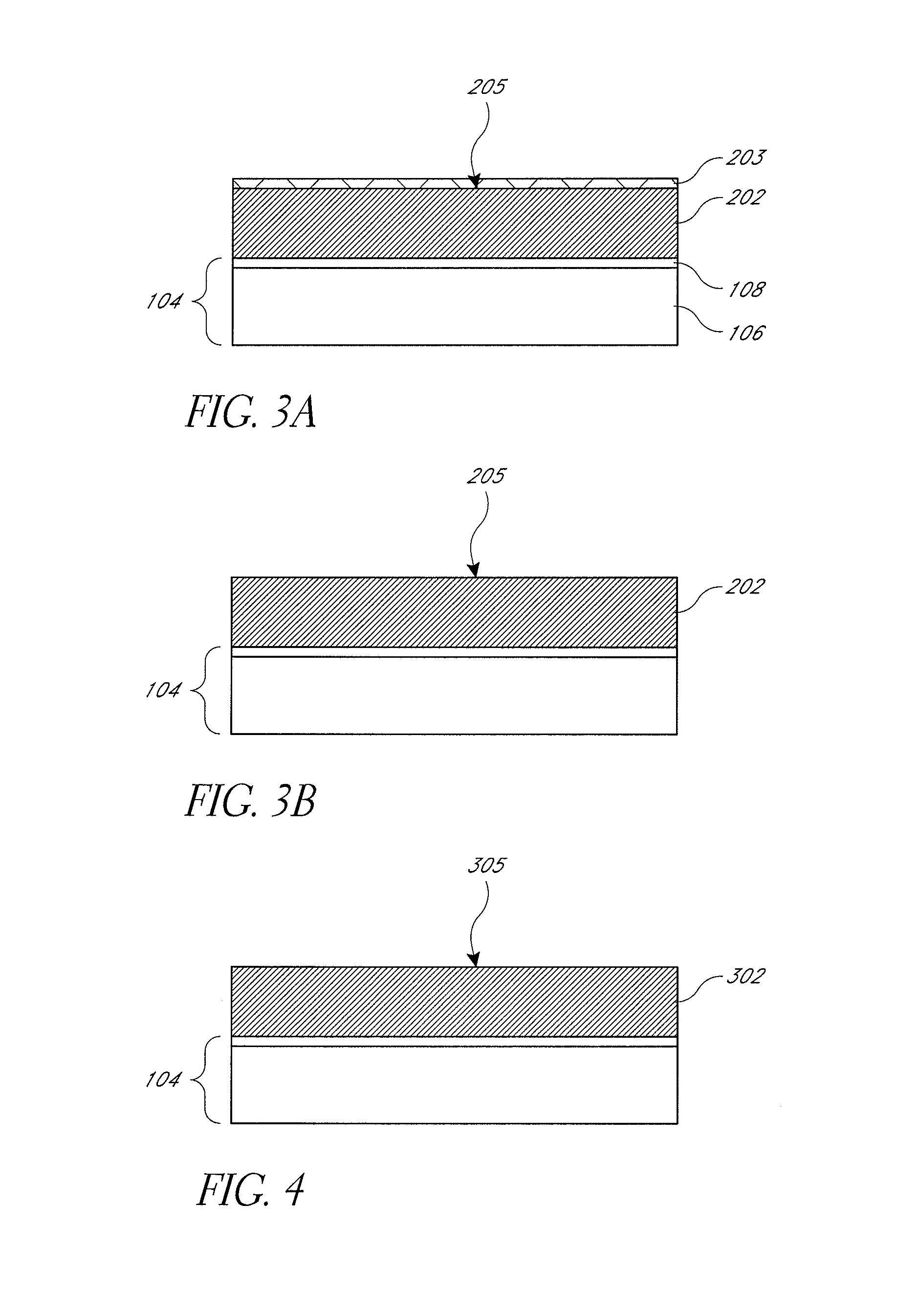Crystallization methods for preparing group IBIIIAVIA thin film solar absorbers
a technology of solar absorber and semiconductor film, which is applied in the direction of basic electric elements, electrical apparatus, semiconductor devices, etc., can solve the problems of insufficient conversion efficiency of solar cells, difficult process of controlling doping cigs with na, and non-uniformity of cigs layers
- Summary
- Abstract
- Description
- Claims
- Application Information
AI Technical Summary
Benefits of technology
Problems solved by technology
Method used
Image
Examples
Embodiment Construction
[0025]Various embodiments of the present invention provide methods to form doped Group IBIIIAVIA semiconductor films or layers on continuous flexible substrates or bases, which may be used in the formation of solar cells or photovoltaic cells.
[0026]In one embodiment, the crystallization step or reaction step that forms a doped CIGS absorber is carried out using thermal annealing techniques at high temperatures. A CIGS precursor including for example Group IA dopant elements is annealed at high temperatures to form the doped CIGS layer. At CIGS absorber reaction temperatures, a portion of the Group IA elements such as Na, K or Li may not be used for doping and may be expelled from the CIGS absorber matrix, resulting in these elements accumulating at the CIGS absorber surface as a dopant rich film at the end of the reaction process.
[0027]This dopant rich film at the absorber surface may deteriorate not only the properties of the absorber layer and its surface but also the properties o...
PUM
 Login to View More
Login to View More Abstract
Description
Claims
Application Information
 Login to View More
Login to View More - R&D
- Intellectual Property
- Life Sciences
- Materials
- Tech Scout
- Unparalleled Data Quality
- Higher Quality Content
- 60% Fewer Hallucinations
Browse by: Latest US Patents, China's latest patents, Technical Efficacy Thesaurus, Application Domain, Technology Topic, Popular Technical Reports.
© 2025 PatSnap. All rights reserved.Legal|Privacy policy|Modern Slavery Act Transparency Statement|Sitemap|About US| Contact US: help@patsnap.com



